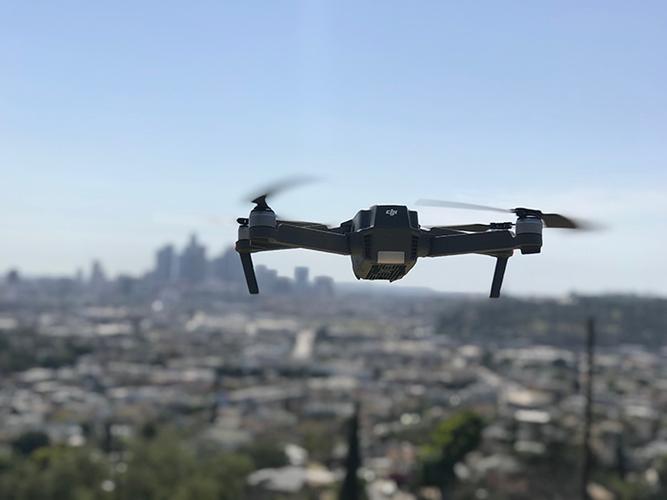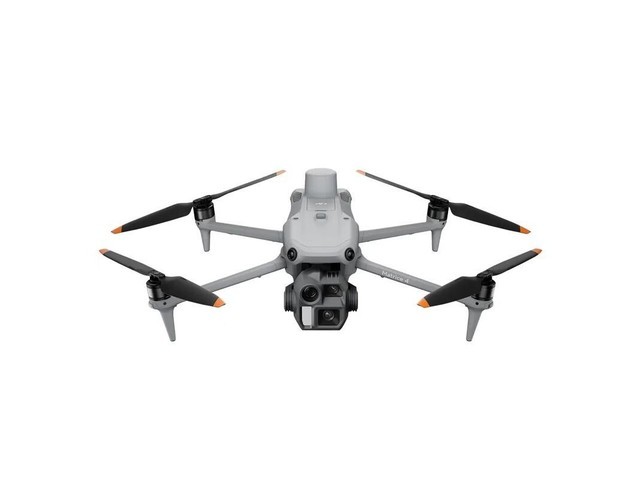Exploring Costs of Drones Equipped with Night Vision and Thermal Cameras
Drones with night vision and thermal camera capabilities are becoming increasingly popular for various applications ranging from professional surveillance to search and rescue missions. As more people and businesses recognize the value of these advanced drones, understanding drone with night vision and thermal camera price becomes crucial.
One major factor affecting the cost is the technology incorporated into the drone.

- The night vision functionality often utilizes infrared sensors to detect heat emissions, allowing visibility in complete darkness.
- Thermal cameras, on the other hand, capture detailed heat maps, revealing differences in temperature and offering usage in conditions where traditional cameras might fail.
The integration of these technologies means that such drones will generally be priced higher than standard models. When considering the purchase of a drone with night vision and thermal cameras, it’s important to assess what features are essential for your needs.

Factors Influencing the Prices
The prices can vary widely based on several parameters. Firstly, the range and quality of night vision and thermal imaging capabilities will largely dictate costs. High-resolution cameras or longer range thermal sensors can significantly increase the price.
- Manufacturers: Brand reputation plays a pivotal role. Established brands may charge premiums due to their reliability and innovation in technology.
- Specifications: Additional features such as flight time, durability, and integrated software for analyzing thermal data can affect pricing.
- User Needs: Commercial users might require advanced systems, whereas hobbyists could opt for more affordable choices.
Price Range Examples
Typically, most entry-level drones with basic night vision capabilities might start anywhere from $800. However, drones with integrated thermal cameras and high-performance specs can range from $1500 to several thousand dollars depending on the above factors.
The investment in these types of drones is often justified by the value they bring in enhanced security, search and rescue efficiency, or wildlife monitoring.
Emerging Market Trends
Recently, the demand for drones with night vision and thermal capabilities has been accelerating due to advances in technology and decreasing cost of production, prompting many new entrants into the market. As technology evolves, prices are expected to become more competitive, potentially offering advanced features at lower costs.
FAQs
- What applications benefit most from these drones?
Drones with night vision and thermal cameras are particularly beneficial in security operations, wildlife observation, and search and rescue missions due to their ability to see in the dark and measure heat signatures.
- Are these drones difficult to operate?
While the technology may sound complex, manufacturers often design these drones with user-friendly interfaces, allowing individuals with minimal training to effectively operate them. Additionally, many drones come with guides and tutorials.
- Do cheaper models compromise on quality?
Budget models might not offer the same extensive range or high-definition quality as premium options, but they still deliver useful images and functionality for basic needs.
Understanding the cost dynamics associated with drones featuring night vision and thermal cameras allows potential buyers to make informed decisions based on their specific needs and budget constraints.